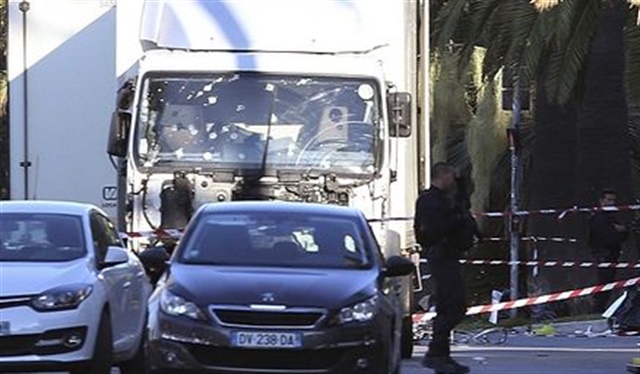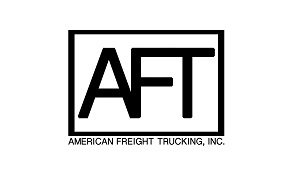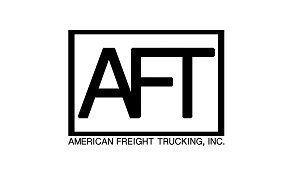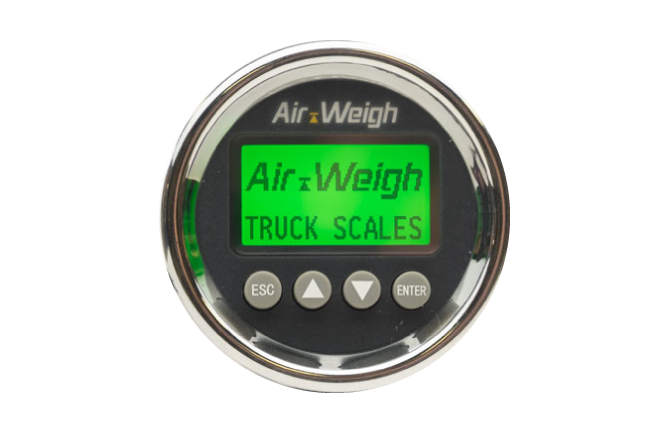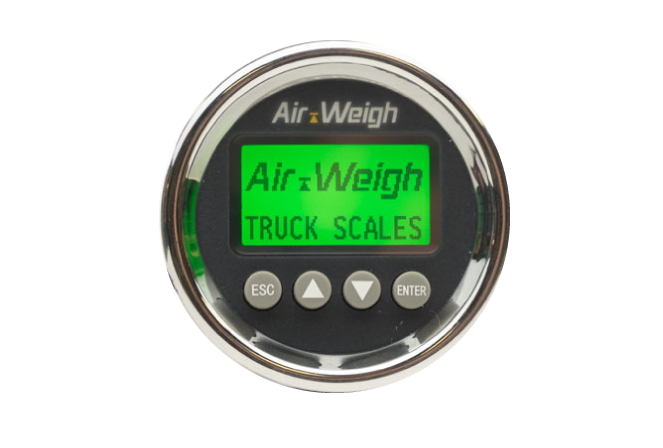Truck Ramming Again Recognized as Terrorist Threat
Truck used to kill pedestrians in Nice, France on July 14, shown after the driver was killed by police gunfire. Image via Twitter
">Truck used to kill pedestrians in Nice, France on July 14, shown after the driver was killed by police gunfire. Image via Twitter
">The massacre by truck that killed at least 84 persons, including two Americans, and wounded over 200 others in Nice, France on July 14 raises anew the question of what can be done to prevent low-tech but devastating truck-ramming assaults of people gathered along or near a roadway.
The attack came out of nowhere as revelers were gathered along the seaside Promenade des Anglais in the famed resort city to view Bastille Day fireworks. The medium-duty cabover had been rented by the perpetrator, Mohamed Lahouaiej Bouhlel, a 31-year old Tunisian immigrant. several days before.
At about 10:45 pm on July 14, Bouhlel drove the truck onto the pedestrian thoroughfare and began plowing through the crowd. He kept driving into people for over a mile and began firing on police officers from the cab. The police returned fire, killing Bouhlel while he was still behind the wheel. Found in the cab was a small arsenal, including an automatic pistol, a cartridge clip, several cartridges, and a Kalashnikov and an M16 rifle.
On this side of the Atlantic, the Governor of New York, Andrew Cuomo, was quick to react, issuing a statement early the next day that outlined immediate steps that were being taken to guard against any such assault, especially in New York City.
Cuomo ordered state law enforcement officials to “step up security at high-profile locations” around the state, including airports, bridges, tunnels and mass transit systems.
“The Department of Homeland Security and Emergency Services' Office of Emergency Management Watch Center will be on heightened alert, monitoring world events,” the governor said in a statement. “DHSES regional staff have all been notified to maintain a heightened state of awareness at mass gathering events.”
He added that the New York State Police and the Joint Task Force Empire Shield have deployed additional troops in the New York metropolitan region.
New York City is no stranger to attack by weaponized trucks. The first attempt by terrorists to destroy the World Trade Center, back in 1983, also used a rented truck. In it was placed a homemade 1,500-pound urea-nitrate bomb. The truck was parked in an underground garage and when the bomb exploded, it blew a hole five stories deep and half-a-football field wide. Six persons were killed and another thousand were injured by the blast.
The other infamous truck bombings perpetuated against Americans were the assault on the Marine barracks in Lebanon in 1983 and the 1995 attack on the Alfred P. Murrah Federal Building in Oklahoma City that left 168 persons dead.
However, explosives in vehicles can be detected and vehicular proximity to buildings can be controlled. But preventing a truck, or a car, for that matter, from being unleashed as a lethal battering ram anywhere people are gathered is a far more difficult feat. Indeed, the thought of it imparts new, and more ghastly, meaning to the words “soft target.”
Yet the threat of vehicular ramming is not new. The Department of Homeland Security addressed it as far back as 2010 in a public document released to law enforcement and first-responder personnel.
“Terrorists overseas have suggested conducting vehicle ramming attacks— using modified or unmodified vehicles— against crowds, buildings, and other vehicles,” advised DHS. “Such attacks could be used to target locations where large numbers of people congregate, including sporting events, entertainment venues, or shopping centers.”
Chillingly prescient, the agency went on to say that “Vehicle ramming offers terrorists with limited access to explosives or weapons an opportunity to conduct a Homeland attack with minimal prior training or experience.”
The document details several examples of vehicle-ramming incidents, not all of which were deemed acts of terrorism. The most severe one cited was a front-loader launched against a crowd of people in Israel that killed several and wounded dozens more in 2008.
DHS also discussed “indicators” to be aware of that might point to an imminent vehicle-ramming attack. “Although a single indicator may not be suspicious, one or more might indicate a ramming attack is being developed, based on the specific facts or circumstances.” The agency soberly noted that “a ramming attack can be conducted with little to no warning.”
Here are the indicators cited by DHS:
- Unusual modifications to commercial motor vehicles, heavy equipment, passenger cars, and sports utility vehicles (SUVs), such as homemade attempts to reinforce the front of the vehicle with metal plates
- The purchase, rental, or theft of large or heavy-duty vehicles or equipment, such as SUVs, trucks, or commercial motor vehicles, if accompanied by typical indicators such as nervousness during the purchase, paying in cash, or lack of familiarity with the vehicle's operations
- Commercial motor vehicles or heavy equipment being operated erratically, at unusual times, or in unusual locations, particularly in heavy pedestrian areas
- Attempts to infiltrate closed areas where traffic usually moves, but where crowds are gathered, such as for street festivals or farmers' markets
- A vehicle operator's apparent unfamiliarity with commercial motor vehicle or heavy equipment operation (unable to back up; trouble with shifting; poor lane tracking; unfamiliarity with basic vehicle mechanics such as air brake operations, slack adjusters, fifth wheel operations, Jake brakes, engine type, or location of fire extinguishers and other emergency equipment)
Clearly, the attack at Nice has signaled that everyone from police officers to motorists to pedestrians must keep foremost in mind that the next “lone wolf” terrorist attack may well come from behind the wheel of the nearest vehicle-- and the means of preventing such as an assault are extremely limited.
"Absent intelligence, the same way you can't stop someone from shooting into a crowd, there isn't a magic way to stop someone from driving into a crowd," said NYPD Deputy Commissioner John Miller, per a New York Daily News report. "What we seek to do is minimize that threat in pedestrian malls like Times Square, where you have the largest crowds."
Follow @HDTrucking on Twitter
